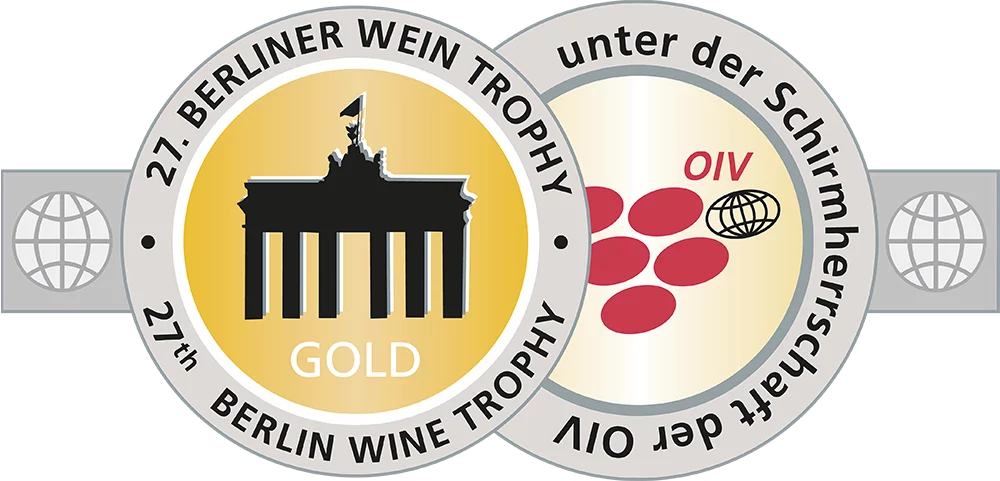currently 165,836 Wines and 25,046 Producers, including 3,208 classified producers.
Create a Bookmark
External Wine Awards

GOLD |
Piesporter Goldtröpfchen Riesling Auslese "Goldkapsel" |VDP.Grosse Lage
2023 - Berliner Wein Trophy |

|

GOLD |
Serriger "Schloss Saarfels" -S- Riesling Qualitätswein, feinherb |VDP.Ortswein
2023 - Berliner Wein Trophy |

|

GOLD |
Kanzemer Altenberg Riesling Kabinett feinherb |VDP.Grosse Lage
2023 - Berliner Wein Trophy |

|

GOLD |
Piesporter Goldtröpfchen Riesling Spätlese |VDP.Grosse Lage
2023 - Berliner Wein Trophy |

|


